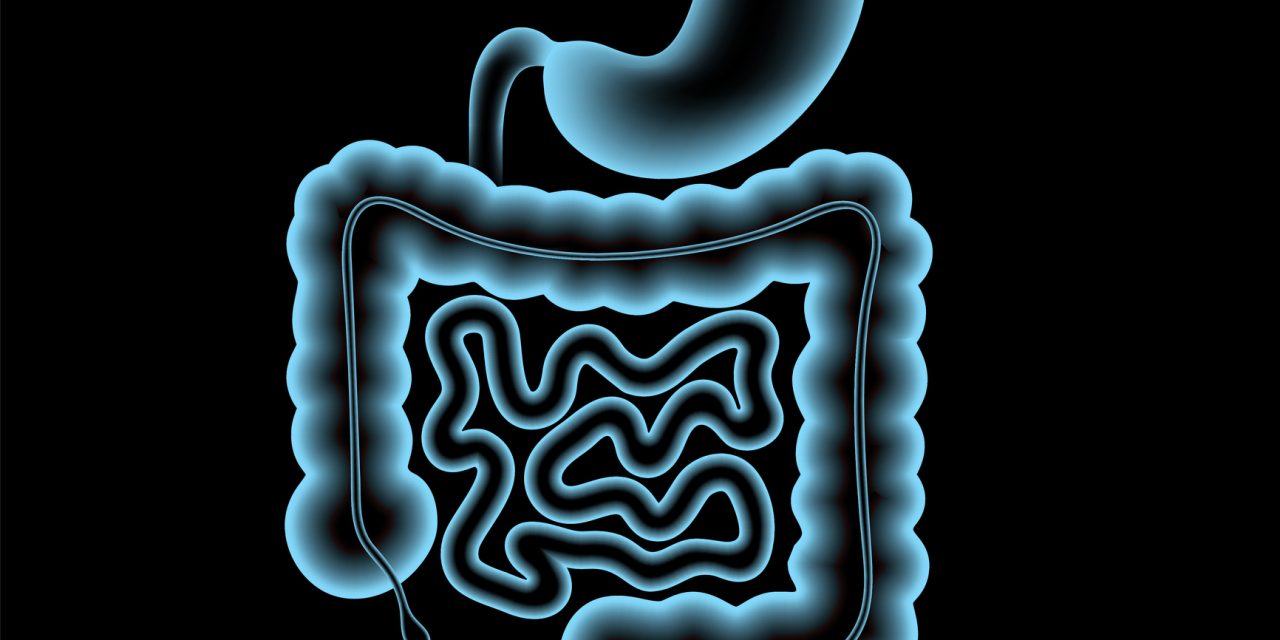 A decision strategy based upon an evaluation of symptoms plus blood and stool markers proved to be a highly reliable way of ruling out inflammatory bowel disease (IBD) without the need for endoscopy in pediatric patients with non-bloody diarrhea and abdominal pain, an international prospective cohort study found.
A decision strategy based upon an evaluation of symptoms plus blood and stool markers proved to be a highly reliable way of ruling out inflammatory bowel disease (IBD) without the need for endoscopy in pediatric patients with non-bloody diarrhea and abdominal pain, an international prospective cohort study found.
In a study involving 193 patients between 6 and 18 years of age, triaging patients using a strategy based on clinical findings, C-reactive protein (CRP), hemoglobin (Hb) and fecal calprotectin would result in only 14 out of 100 patients being exposed to endoscopy.
Three of these 14 children would not have had IBD, but the strategy would not have missed a single child affected by the disease, Els Van de Vijver, MD, University Hospital Antwerp, Edegem, Belgium, and colleagues reported in Pediatrics.
“Persistent rectal bleeding or perianal disease in children and teenagers justifies endoscopy to evaluate [the patient for] the presence of inflammatory bowel disease (IBD). When the indication for endoscopy is less obvious… a triage test may help to distinguish who is in need of immediate referral to endoscopy,” the CACATU Consortium team explained.
“Pediatricians can be reassured that properly evaluating children using clinical findings, C-reactive protein, hemoglobin, and calprotectin is a highly accurate noninvasive approach to [investigate]… possible IBD,” they added.
For this study, previously undiagnosed pediatric patients who presented with persistent or recurrent non-bloody diarrhea and abdominal pain were recruited from pediatric outpatient clinics in the Netherlands and Belgium.
The team evaluated four diagnostics strategies to predict which patients might have IBD or not: symptoms alone; symptoms plus blood markers; symptoms plus fecal calprotectin; and symptoms plus blood markers plus fecal calprotectin.
“Patients with a fecal calprotectin concentration ≥250 ug/g moved on to endoscopy with biopsies (reference standard),” researchers noted. Those with fecal calprotectin concentrations under 250 ug/g were re-evaluated 6 months later to see if latent IBD would make itself present.
The primary outcome of the study was IBD confirmed by endoscopy or ruled out by either endoscopy or an uneventful clinical follow-up over the next 6 months.
The performance of each of the 4 diagnostic strategies was estimated by calculating the area under the receiver operating characteristics curve or AUC as well as the net benefit of each strategy through decision curve analysis.
The ROC curve analysis showed the following AUCs for each of the 4 diagnostic strategies:
- Symptoms alone (Strategy 1): AUC of 0.718 (95% CI, 0.604-0.832).
- Symptoms plus blood markers (Strategy 2): AUC of 0.930(95% CI, 0.884-0.977).
- Symptoms plus calprotectin (Strategy 3): AUC of 0.967 (95% CI, 0.945-0.990).
- Symptoms plus blood markers plus calprotectin (Strategy 4): AUC of 0.997 (95% CI, 0.993-1.000).
“The sensitivity was 100% for strategy 2, 3 and 4, and the specificity increased from 68.4% [for strategy 2] to 90.1% and 96.5% [for strategy 3 and 4] respectively,” Van de Vijver and colleagues pointed out.
Moreover, whether strategy 2, 3 or 4 was used, “all IBD-affected patients were correctly exposed to endoscopy,” researchers added.
The same 3 strategies also correctly recommended against referring patients to endoscopy by 61% (strategy 2); 80% (strategy 3), and 86% (strategy 4), they observed. As the authors pointed out, the pretest probability that a child in the study cohort would have IBD was 11%.
Thus, a positive result when strategy 4 was used predicted a posttest probability of a child having IBD of 78% (95% CI, 60-87%). Conversely, if strategy 4 was negative, the probability of a child having IBD was reduced to zero (95% CI, 0-4%).
Net Benefit
Investigators also calculated the net benefit of each decision strategy through a range of risk thresholds.
Again, strategy 4 based on the presence of symptoms plus blood markers plus calprotectin yielded the greatest net benefit for predicting IBD across a range of risk thresholds up to 70%, the authors reported.
Symptoms plus calprotectin provided greater net benefit than symptoms plus blood markers up to a risk threshold of 50% but when that risk threshold was between 50 and 70%, symptoms plus blood markers provided greater net benefit.
The basic model which relied on symptoms alone provided little greater net benefit than either doing endoscopy in all patients or, alternatively, doing endoscopy in no one.
The team cautioned, however, that they have not demonstrated that using strategy 4 had an actual impact on clinical practice as this can only be done when randomized controlled trial evidence becomes available.
In a commentary accompanying the study, Julian Sullivan, MD, and Richard Colletti, MD, both from the University of Vermont, in Burlington, Vermont, pointed out that chronic abdominal pain and diarrhea are extremely common in children, where in any given 6-month period, up to half of the children in the United States report persistent abdominal pain.
“[This] often leads to a medical evaluation,” they observed, and clinicians are left with the challenge of deciding how much of an evaluation is really necessary given that functional gastrointestinal disorder (FGID) is the most likely underlying cause.
While Sullivan and Colletti called the noninvasive strategy identified by the CACATU Consortium helpful for avoiding more invasive testing for IBD, they cautioned that it is important to tailor testing to patient-specific risk based on a full understanding of the differential diagnoses that could also explain the same symptoms including infection, lactose malabsorption and celiac disease.
“[P]reviously published guidelines have recommended upper gastrointestinal endoscopy and ileocolonoscopy for chronic diarrhea,” they observed.
“When deciding against endoscopic evaluation, it is important to closely monitor the patients, particularly if alarm signs or symptoms develop,” the editorialists suggested.
-
A decision strategy based upon symptoms plus blood and stool markers proved to be a highly reliable way of ruling out IBD in pediatric patients with non-bloody diarrhea and abdominal pain without the need for endoscopy.
-
Evaluating patients for possible IBD using clinical findings, CRP, hemoglobin, and calprotectin is a highly accurate, noninvasive approach to detect IBD in children and teens.
Pam Harrison, Contributing Writer, BreakingMED™
The study was supported by a grant from CisBio Bioassay (producer of Inflamark).
Neither the authors nor the editorialists had any financial disclosures to make.
Cat ID: 188
Topic ID: 77,188,730,188,20,138,192


